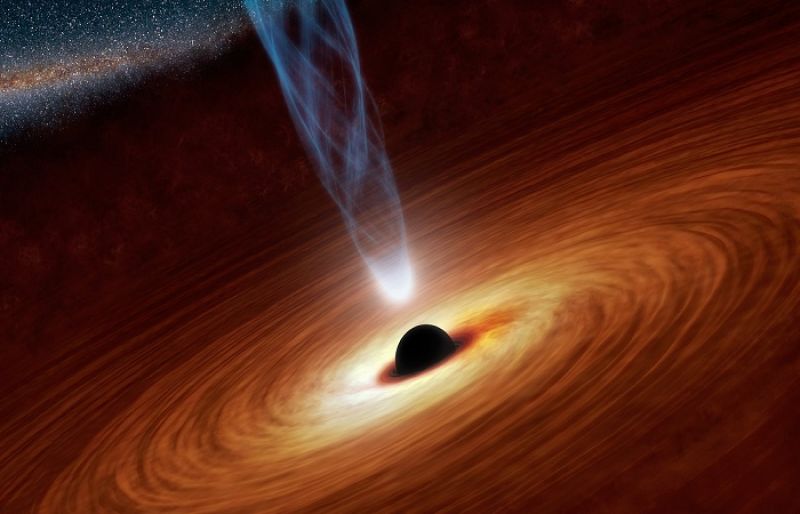Nasa’s new simulation explains what it is like to fall into a black hole.
Using the Discover supercomputer at the Nasa Center for Climate Simulation, researchers created the new simulation, according to Live Science.
Around a supermassive black hole like the one at the center of the Milky Way, a viewer plunging through the accretion disk was shown.
Passing ghostly racetracks of light particles that have orbited the black hole multiple times, the viewer cartwheels through the plunge.
Then the viewer finally hits the point of no return: the event horizon, where nothing, not even light, can find an escape.
Black holes are regarded as the densest objects in the universe. Beyond the event horizon of, no one knows exactly what matter looks like.
However, researchers do know a lot about the physics surrounding these ultra-dense points in space. Gravitational forces are so strong that space-time itself warps around a black hole.
“Objects [and space-time itself] approach the speed of light; at these speeds, time seems to slow, such that a person orbiting a black hole for six hours in a spacecraft would age 36 minutes slower than her crewmates on the mothership,” according to a Nasa statement.

